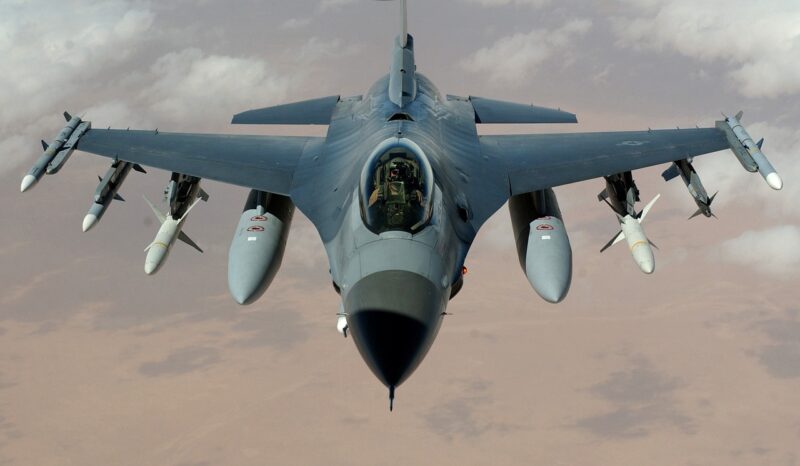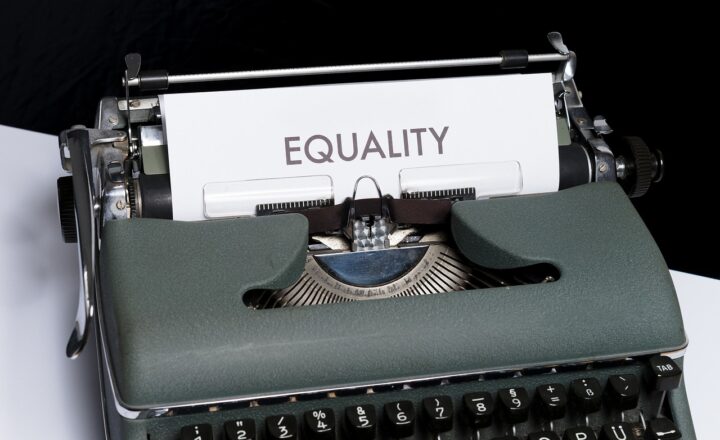The Role of Peacekeeping Forces in Resolving and Preventing Armed Conflicts
November 16, 2024

Peacekeeping forces have played a vital role in the modern geopolitical landscape, acting as stabilizers amid chaos and conflict. Defined as a method of international intervention designed to maintain or restore peace in areas marked by violent conflict, peacekeeping missions involve a range of activities from monitoring ceasefires to disarming combatants. Understanding the significance, challenges, and operational strategies of peacekeeping forces is essential for grasping their impact on global stability.
1. The Evolution of Peacekeeping Operations
Peacekeeping can trace its roots back to the aftermath of World War II. The establishment of the United Nations (UN) in 1945 marked a pivotal moment in international relations, positioning the organization as a key player in conflict resolution. The first UN peacekeeping mission was deployed in 1948 to observe the ceasefire between Israel and its Arab neighbors. Since then, the concept and scope of peacekeeping have evolved significantly.
* Early missions primarily focused on monitoring and maintaining armistices.
* The 1960s saw peacekeepers increasingly involved in preventing escalation in newly independent states, addressing issues caused by decolonization.
* The end of the Cold War expanded the likeliness of missions addressing intra-state conflicts, where civil unrest often erupted into violence.
Today, peacekeeping forces operate under diverse mandates, dealing with humanitarian crises, human rights violations, and status-of-forces agreements.
2. Key Functions of Peacekeeping Forces
Peacekeeping forces are multifaceted in their operations, which can generally be categorized into several core functions:
- Monitoring Ceasefires: After a conflict has ceased, peacekeepers often monitor the terms of the ceasefire, ensuring that all parties adhere to the agreement. This might involve deploying military personnel in key locations, conducting reconnaissance, and reporting violations.
- Disarmament and Demobilization: A crucial aspect of post-conflict stabilization involves disarming former combatants and integrating them into civilian life. Peacekeeping forces may help facilitate this process, providing the necessary framework and security support.
- Humanitarian Assistance: Peacekeepers often assist in delivering vital humanitarian aid to affected populations, including food, medical assistance, and shelter, especially in areas devastated by conflict.
- Promoting Human Rights: Many peacekeeping operations involve monitoring and promoting human rights, ensuring that the populations under their protection have access to fundamental rights and freedoms.
- Facilitating Political Processes: In many situations, peacekeepers engage in supporting the establishment of democratic governance, organizing and monitoring elections, and mediating between opposing parties to foster dialogue and reconciliation.
These functions illustrate the multifaceted role peacekeepers play, often requiring a delicate balance between military presence and diplomatic engagement.
3. Challenges Faced by Peacekeeping Forces
Despite their crucial roles, peacekeeping missions face a variety of challenges, undermining their effectiveness:
- Complex Mandates: Peacekeeping missions often operate under complex and evolving mandates, which can create confusion about the scope of their responsibilities, complicating operational effectiveness.
- Lack of Resources: Many missions are underfunded or understaffed, leading to inadequate support for peacekeeping personnel on the ground, which limits their ability to carry out their mandates successfully.
- Hostility from Local Parties: In some conflicts, peacekeepers face hostility from local factions who view them as foreign occupiers. Such resistance can escalate violence and hinder peacekeeping efforts.
- Political Constraints: Peacekeeping operations are often contingent on the cooperation of the host country’s government, which may restrict their actions and limit their ability to enforce peace effectively.
- Safety and Security Risks: The safety of peacekeepers can be jeopardized in perilous hotspots where conflicts remain volatile. Casualties among peacekeeping troops can significantly impact their operational capabilities and morale.
Navigating these challenges is essential for the success and credibility of peacekeeping missions.
4. Success Stories: Case Studies of Effective Peacekeeping
Amidst the challenges, several peacekeeping missions have achieved notable success:
* **United Nations Peacekeeping Mission in Liberia (UNMIL)**: Deployed in 2003, UNMIL helped stabilize Liberia after years of civil war, facilitating the transition to democratic governance and aiding in rebuilding infrastructure. The mission successfully reached disarmament targets, leading to a gradual return to peace.
* **United Nations Stabilization Mission in Haiti (MINUSTAH)**: Following political turmoil and violence in 2004, MINUSTAH’s presence assisted in restoring order and provided critical humanitarian support. The mission contributed to re-establishing democracy and facilitated the elections in 2006.
* **African Union-United Nations Hybrid Operation in Darfur (UNAMID)**: Although facing substantial challenges, UNAMID has been able to provide security and humanitarian assistance in a region marked by conflict since its deployment in 2007. The joint force has played an essential role in negotiating peace agreements among conflicting parties.
These case studies serve as reminders of the potential success that can be attained through concerted international efforts in conflict zones.
5. The Future of Peacekeeping Forces
As global conflicts evolve, so must the structures supporting peacekeeping. The future emphasizes:
* **Robust Training Programs**: Increasingly complex conflicts demand well-trained peacekeepers capable of executing diverse tasks, including conflict resolution and community engagement.
* **Enhanced Mandates**: Expanding the scope of peacekeeping missions to include roles like climate change mitigation, illicit trafficking, and cyber warfare prevention can address the current complexities in conflicts.
* **Stronger International Cooperation**: Countries must enhance collaboration on peacekeeping efforts, sharing resources and intelligence for improved operational effectiveness.
* **Community Engagement**: Engaging local populations is crucial in shaping successful peacekeeping strategies. Peacekeepers should be perceived as allies rather than overseers, facilitating trust and cooperation.
International engagement and investment in peacekeeping operations reflect the shared commitment to global stability. As the nature of conflicts evolves, peacekeeping forces must adapt to remain effective tools of peace and security.






